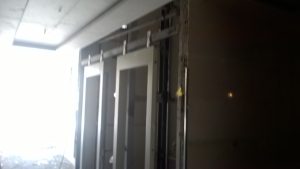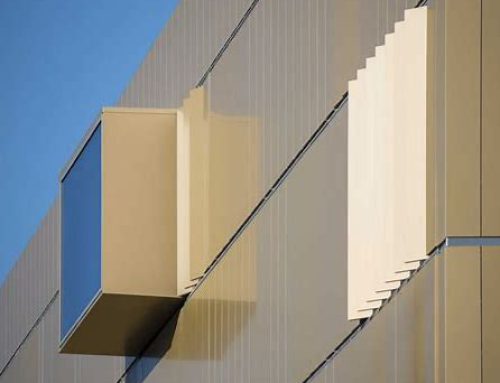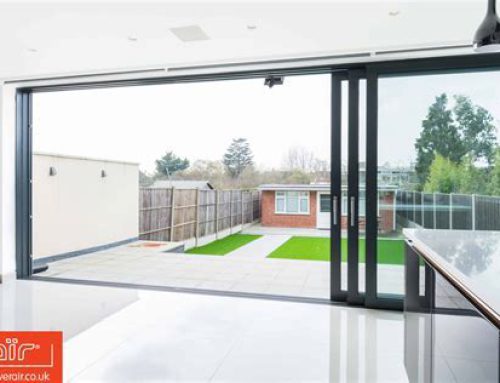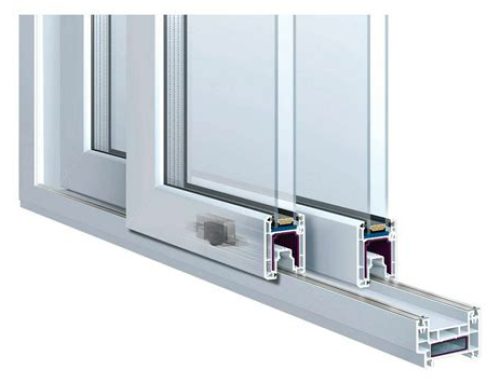Curtain wall cladding glass window system
Introduction

In the world of contemporary architecture, one cannot help but marvel at the breathtaking skyscrapers and sleek buildings that grace our cities. At the heart of this awe-inspiring design lies the curtain wall cladding glass window system—a revolutionary concept that has transformed the way we construct and experience buildings. This article delves into the curtain wall cladding glass window system, exploring its features, benefits, and the impact it has had on modern architecture.
Understanding the Curtain Wall Cladding Glass Window Systm
The curtain wall cladding glass window system is a non-structural façade installed on the exterior of a building. It is primarily composed of glass panels, aluminum frames, and occasionally other materials like stone or metal. The system is designed to withstand environmental forces, including wind, rain, and thermal stress, while providing a visually stunning and energy-efficient solution.
Key Features of Curtain Wall Clading Glass Window System
- Transparency and Light Infusion: One of the most striking features of the curtain wall system is its ability to maximize natural light penetration. The extensive use of glass allows daylight to flood the interior, reducing the need for artificial lighting during daytime hours. This not only enhances the occupants’ well-being but also reduces energy consumption, leading to sustainable and eco-friendly buildings.
- Aesthetics and Versatility: Curtain wall cladding glass windw systems provide architects with unparalleled creative freedom. They can design unique and modern facades that catch the eye and complement the surrounding landscape. The versatility of the system enables it to adapt to various architectural styles, ensuring that it remains a timeless choice for building exteriors.
- Thermal and Acoustic Insulation: Modern curtain wall systems incorporate advanced insulation techniques, effectively preventing thermal leakage and reducing energy losses. Additionally, these systems offer impressive acoustic performance, keeping the interior spaces peaceful despite the urban chaos outside.
- Weather Resistance: The curtain wall cladding glass window system is engineered to endure harsh weather conditions. The sealing methods and high-quality materials used in its construction protect the building from rain, snow, and wind, thereby extending the lifespan of the structure.
Benefits of Curtain Wall Cladding Glass Window System

- Energy Efficiency: As mentioned earlier, the curtain wall system enhances the building’s energy efficiency by harnessing natural light and providing excellent insulation. Reduced reliance on artificial lighting and temperature control systems translates into lower utility bills and a smaller carbon footprint.
- Improved Indoor Comfort: The system’s thermal insulation properties maintain a comfortable indoor temperature, reducing the need for excessive heating or cooling. This creates an inviting and pleasant environment for occupants, positively impacting their productivity and well-being.
- Design Flexibility: Curtain wall systems allow architects to design buildings with large expanses of glass, giving a sense of openness and connection to the surroundings. This design approach is particularly popular in modern office buildings and commercial spaces.
- Durability and Low Maintenance: With proper installation and maintenance, curtain wall cladding glass window systems can last for decades. They require minimal upkeep, saving both time and money over the building’s lifetime.
Impact on Modern Architecture
The advent of the curtain wall cladding glass window system has undoubtedly revolutionized modern architecture. It has paved the way for breathtaking skyscrapers, iconic landmarks, and sustainable buildings. By incorporating these systems, architects can push the boundaries of design, challenge traditional construction norms, and create awe-inspiring structures that redefine city skylines.
Challenges and Considerations
While the curtain wall cladding glass window system offers numerous advantages, it is not without its challenges and considerations. Architects and designers must carefully address these aspects to ensure the success of such systems in their projects.
- Structural Integrity: Since the curtain wall is non-load-bearing, it relies on the building’s main structure for support. The structural design and coordination between the curtain wall system and the building’s framework are critical to ensure stability and safety. Proper engineering is essential to resist wind loads, seismic forces, and any other external pressures.
- Thermal Performance: Although curtain walls boast impressive thermal insulation, poorly designed or installed systems might lead to thermal bridges or air leakage, affecting energy efficiency. Employing high-quality materials and advanced insulation technologies can mitigate these issues.
- Condensation and Moisture: Improper drainage and sealing could lead to the accumulation of condensation and moisture within the curtain wall, potentially causing damage and mold growth. Thorough detailing and maintenance protocols are crucial to prevent such occurrences.
- Glare and Solar Gain: The extensive use of glass in curtain walls can result in glare and excessive solar heat gain, leading to discomfort for occupants. Proper shading devices and low-emissivity (low-E) coatings can help manage these issues effectively.
Innovations and Future Trends

The curtain wall cladding glass window system is continually evolving, with innovative technologies shaping its future. Some of the exciting developments in this field include:
- Smart Glass: Smart glass, also known as switchable glass, can change its transparency or opacity based on external conditions or user preference. It offers dynamic control over daylight, glare, and privacy, contributing to enhanced occupant comfort and energy efficiency.
- Photovoltaic Integration: Incorporating solar photovoltaic cells into the glass panels of curtain walls allows buildings to generate their electricity, further reducing their carbon footprint and reliance on traditional power sources.
- Building-Integrated Vegetation: Some designs explore integrating greenery and vegetation within the curtain wall system. Green walls not only add a touch of nature to the urban landscape but also contribute to improved indoor air quality and thermal regulation.
- Nanotechnology Coatings: Advanced nanotechnology coatings on glass surfaces can enhance the glass’s properties, such as self-cleaning capabilities and increased resistance to scratches and dirt accumulation.
Conclusion
The curtain wall cladding glass window system has undoubtedly left an indelible mark on modern architecture. Its ability to merge form and function while promoting sustainable practices has transformed the way we design and experience buildings. As technology and innovation continue to advance, we can expect even more remarkable developments in curtain wall systems, reshaping skylines, and creating a built environment that embraces both beauty and efficiency.
Architects, engineers, and designers will continue to push the boundaries of what is possible, creating breathtaking structures that not only inspire but also contribute to a greener and more sustainable future for generations to come. Embracing the curtain wall cladding glass window system allows us to envision a world where architecture and nature coexist harmoniously, elevating the urban landscape into an art form that touches the sky.






Leave A Comment